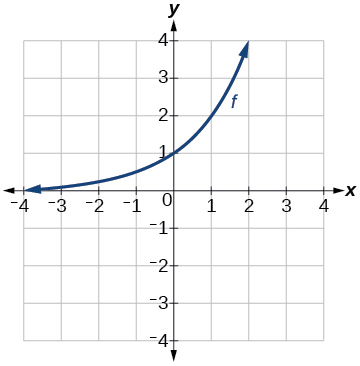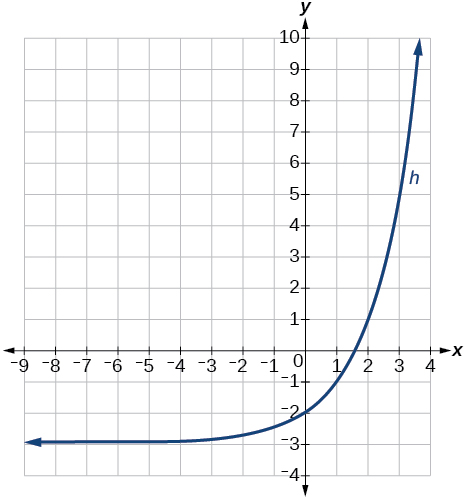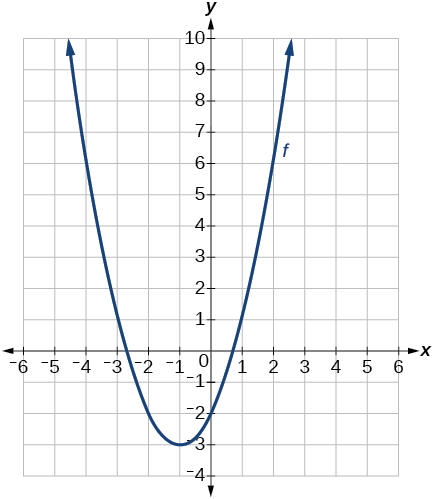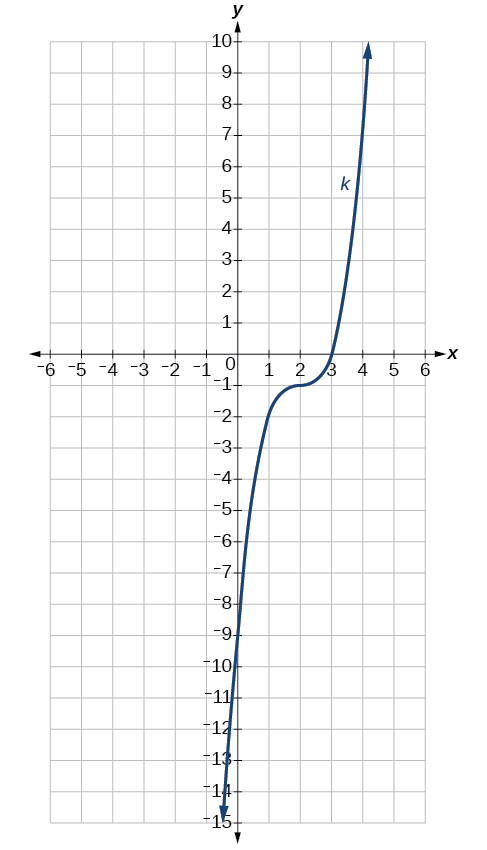| << Chapter < Page | Chapter >> Page > |
When examining the formula of a function that is the result of multiple transformations, how can you tell a horizontal stretch from a vertical stretch?
When examining the formula of a function that is the result of multiple transformations, how can you tell a horizontal compression from a vertical compression?
A horizontal compression results when a constant greater than 1 is multiplied by the input. A vertical compression results when a constant between 0 and 1 is multiplied by the output.
When examining the formula of a function that is the result of multiple transformations, how can you tell a reflection with respect to the x -axis from a reflection with respect to the y -axis?
How can you determine whether a function is odd or even from the formula of the function?
For a function substitute for in Simplify. If the resulting function is the same as the original function, then the function is even. If the resulting function is the opposite of the original function, then the original function is odd. If the function is not the same or the opposite, then the function is neither odd nor even.
Write a formula for the function obtained when the graph of is shifted up 1 unit and to the left 2 units.
Write a formula for the function obtained when the graph of is shifted down 3 units and to the right 1 unit.
Write a formula for the function obtained when the graph of is shifted down 4 units and to the right 3 units.
Write a formula for the function obtained when the graph of is shifted up 2 units and to the left 4 units.
For the following exercises, describe how the graph of the function is a transformation of the graph of the original function
The graph of is a horizontal shift to the left 43 units of the graph of
The graph of is a horizontal shift to the right 4 units of the graph of
The graph of is a vertical shift up 8 units of the graph of
The graph of is a vertical shift down 7 units of the graph of
The graph of is a horizontal shift to the left 4 units and a vertical shift down 1 unit of the graph of
For the following exercises, determine the interval(s) on which the function is increasing and decreasing.
decreasing on and increasing on
decreasing on
For the following exercises, use the graph of shown in [link] to sketch a graph of each transformation of


For the following exercises, sketch a graph of the function as a transformation of the graph of one of the toolkit functions.


Tabular representations for the functions and are given below. Write and as transformations of
| −2 | −1 | 0 | 1 | 2 | |
| −2 | −1 | −3 | 1 | 2 |
| −1 | 0 | 1 | 2 | 3 | |
| −2 | −1 | −3 | 1 | 2 |
| −2 | −1 | 0 | 1 | 2 | |
| −1 | 0 | −2 | 2 | 3 |

Notification Switch
Would you like to follow the 'Essential precalculus, part 1' conversation and receive update notifications?